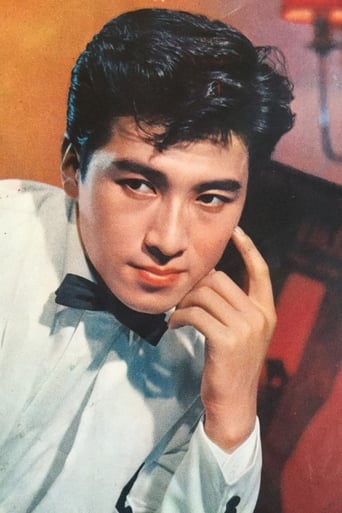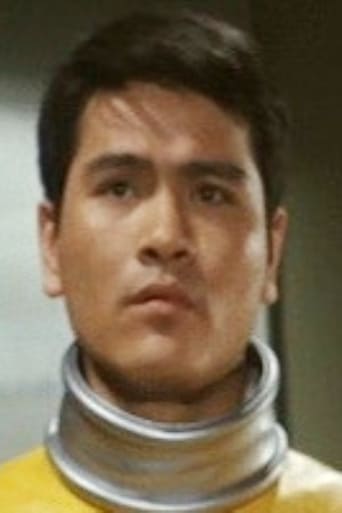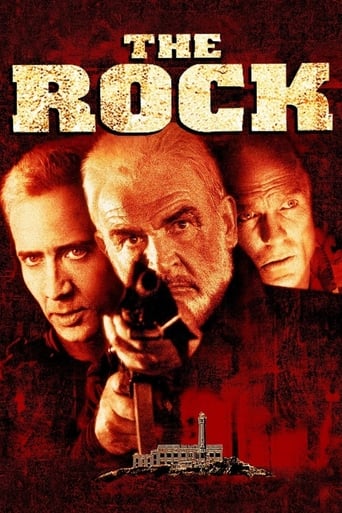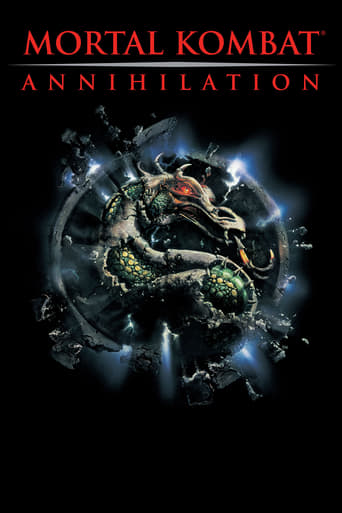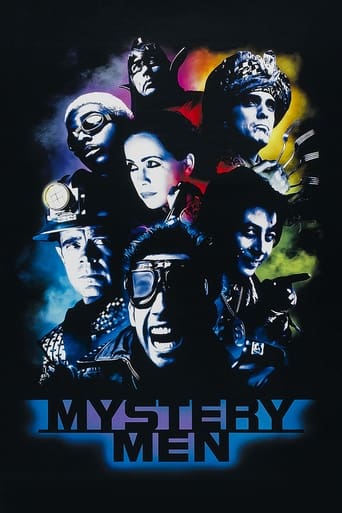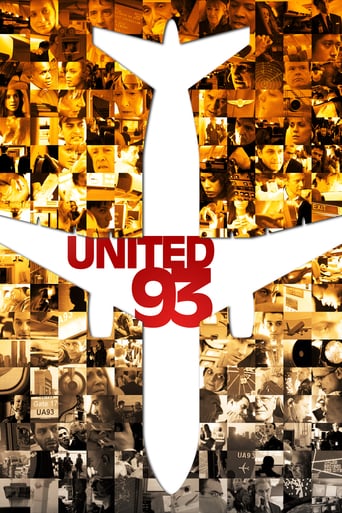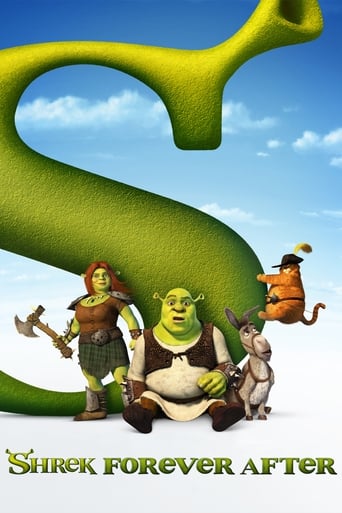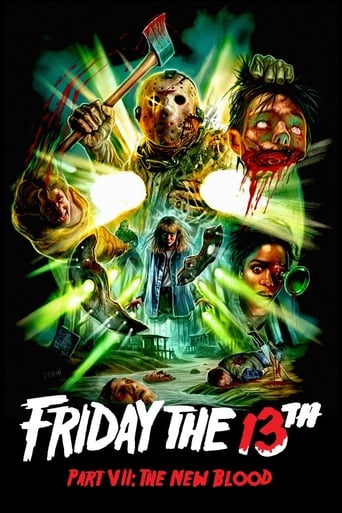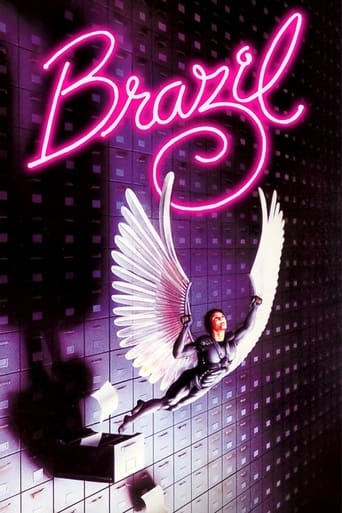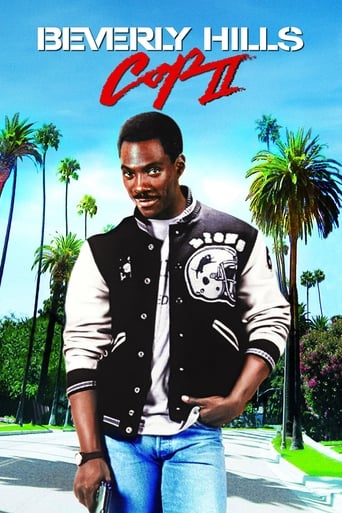
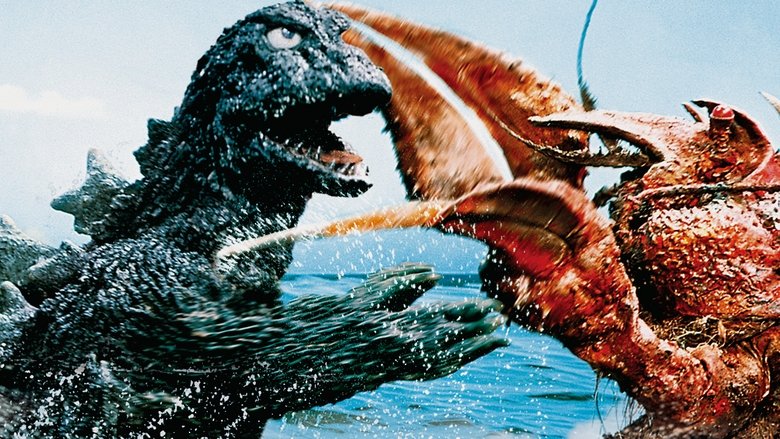
Ebirah, Horror of the Deep (1969)
Searching for his brother, Ryota stows away on a boat belonging to a criminal alongside two other teenagers. The group shipwrecks on Letchi island and discover the Infant Island natives have been enslaved by a terrorist organization controlling a crustacean monster. Finding a sleeping Godzilla, they decide to awaken him to defeat the terrorists and liberate the natives.
Watch Trailer
Cast


Similar titles
Reviews
The seventh entry in the Godzilla franchise continues the trend toward 'secret agent' plots, diminished budgets, and light-hearted adventure, and because the story originally starred King Kong, the movie departs from the standard Godzilla story in a number of ways. Through a series of unlikely events, four men end up on an island housing a secret base run by a nefarious organisation known as "Red Bamboo" at which clandestine nuclear warheads are being produced and that is protected by the immense shrimp-like monster "Ebirah". By amazing coincidence, Godzilla is asleep in a cave on the very same island and one of Red Bamboo's captives is a young women from Infant Island, home of Mothra (now back in her winged form). Much of the movie is a monster-free adventure as the five try to evade capture and find a missing brother but eventually Godzilla awakens, with predictable results. Directed by Jun Fukuda, the movie has the look and sound of a '60s science fiction TV show, including tilted camera angles like those on the immensely popular "Batman" (1966) series and up-tempo music that has none of the grandeur of Akira Ifukube's scores. The Ebirah suit is quite good and the scenes of his giant claws rising from the ocean are the best in the film but the Godzilla suit is a step down from previous versions, with bigger eyes, a pronounced brow, a frog-like face, and the eyes of the actor within are clearly visible at times. Mothra is not bad but discrepancies between the painted background version and the puppet version are quite noticeable and her twin fairy ambassadors are now played by "Pair Bambi" who are neither as musical nor as charming as "The Peanuts", who previously played the role. In keeping with diminished budgets, Godzilla spends a lot of time in desolate, undetailed regions of the Island, and although there are some reasonably effective underwater shots, no amount of suspension of disbelief will help with the scenes where he attacks the Red Bamboo base: it's just a guy in a rubber suit stepping on toys. Anthropomorphisation of the kaiju continues: battles include a lot of rock throwing (including 'wind-ups' and 'headings'), there are a number of undignified shots of the big guy sitting down (even dozing off at one point), and in one instance he ironically rubs his nose (apparently a reference to a popular Japanese character). By this stage in the history of the franchise, the films are youth-oriented, light-hearted adventures featuring a heroic, at times almost 'friendly', monster, a trend that will continue until the end of the '70s. Strictly for the fans or students of the genre, and the kids.
Ebirah, Terror of the Deep, is a good contribution to the Godzilla franchise.The film is anti-capitalism as it deals with slavery and exploitation; it has a nuclear weapon subplot in it; and shows various instances of the monsters being used to help humans in their respective causes.There is a lot of good humour in the film and the monsters are all very well done as usual.Good film!
This is the second Godzilla movie to this point that wasn't directed by Ishiro Honda (first being Godzilla Raids Again), and was directed by Jun Fukuda. Fukuda chose Masaru Sato to compose the music instead of Akira Ifukube, and overall contributes to the lighter touch. Shinichi Sekizawa's screenplay continues on the trend of humanizing the monsters, and Ebira's pose before the battle is a caricature of the then popular professional wrestler Toyonobori, and Godzilla rubbing his index finger on his nose is a caricature of Yuzo Kayama's character in Wakadaisho series which usually played at same time as the Godzilla movies as a double feature. The cinematography is noticeably brighter and the characters are also bit more easy going than Honda's version of Godzilla movies.Ryota (Tetsu Watanabe) who lost his brother in the South Pacific in a fishing boat accident believes in the prediction made by a spiritual medium in Mt. Osore that his brother is still alive. He comes out to Tokyo to look for a way to get to his brother. There he meets few college students and later a thief named Yoshimura (Akira Takarada) in a sailboat they've snuck into. While everyone's asleep, Ryota sets sail to the south pacific to search for his brother. In a stormy sea the sailboat runs aground on an island occupied by a gang who calls themselves the "Red Bamboo". Red Bamboo is kidnapping the residents of Infant Island (Mothra Island) as slave labor to further their cause. Dayo (Kumi Mizuno) a girl from Infant Island escapes into the jungle and meets Ryota and Yoshimura's crew. There they hide in a cave to escape Red Bamboo's pursuit. Unbeknownst to them, that cave contained a hibernating Godzilla. Yoshimura comes up with a novel plan to wake Godzilla and turn it against the Red Bamboo.In this movie, the fairies that talks to Mothra also changed from The Peanuts (Emi and Yumi Ito) to another twins Pair Bambi (Yuko and Yoko Okada - born 4/19/1944 Nagoya Japan). They were already 15 year veteran in the show business when they stared in this movie. Originally, Noriko Takahashi was to play the part of Dayo, but fell ill to appendicitis so was changed to Kumi Mizuno at the last minute. Mizuno who was 29 at the time played the role written for a 19 year old girl. Takahashi 6 month earlier played a similar role in Tsuburaya Production's Ultra Q series as a native girl who lost her brother to a giant octopus.In the mid to late sixties, Godzilla movie started to slide to a lighter stories. This movie took the formula one step further from the previous Godzilla move the "Monster Zero", and continues the humanization of Godzilla and the monsters. Jun Fukuda's directing isn't up to par with Honda's and the props look cheezy by comparison which took away from the story, but most likely the movie was intended for kids and this was part of their production plan. The good in this movie was Akira Takarada and Kumi Mizuno that brought character to acting. Overall the movie succeeded because these two characters kept the focus. Good entertainment from the '60s Toho studio.
I never thought I would find a Godzilla movie where Godzilla was the weakest part of the film. In most these movies, the various scenes not involving Godzilla could generally be considered filler. They're there to pad out the film until Godzilla shows up and usually aren't very good. The filler in Godzilla vs. the Sea Monster isn't any better or worse than any of the other Godzilla movies (though I must admit to enjoying the James Bond vibe and the groovy dance party), but it's better than Godzilla's moments on the screen. The problem is that Big G doesn't get the chance to do much. This is Toho "on the cheap". The usual rampage through the city is gone. It was cheaper to have Godzilla destroy a mostly deserted island with only a small science/military facility than it was to build an entire city of miniatures. And the few miniatures to be found don't even looks up to snuff. When not trampling the cheap miniatures, Godzilla spends an inordinate amount of time just sitting. That right sitting! And when he does finally do battle with the sea monster of the title, it's not much of a match. In no time at all, Godzilla rips off the overgrown lobster's claws and its over. Almost 90 minutes to see this non-event what a waste!


